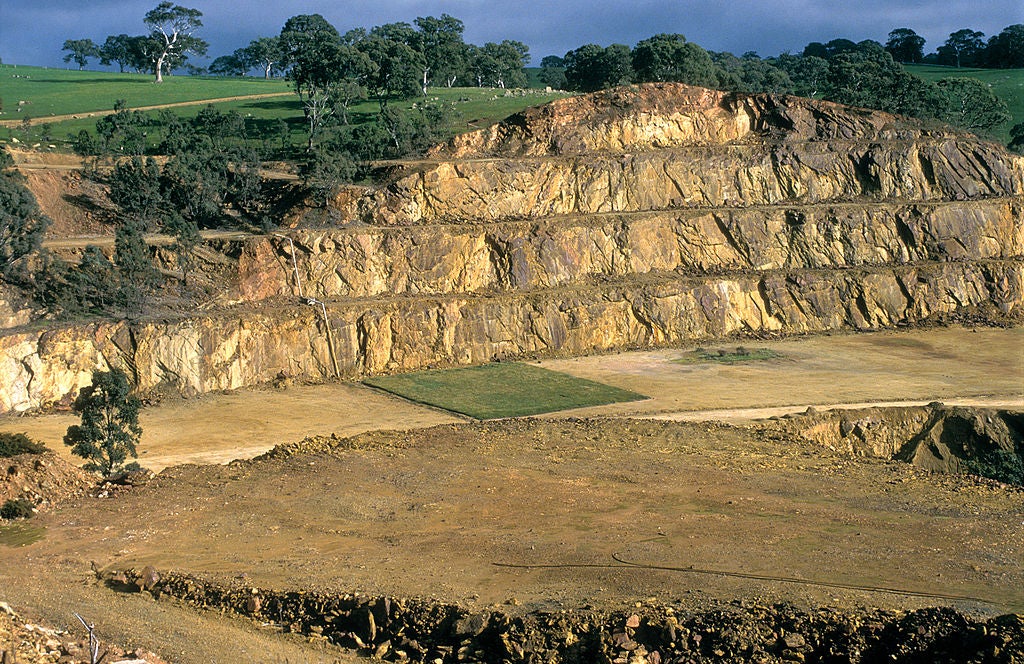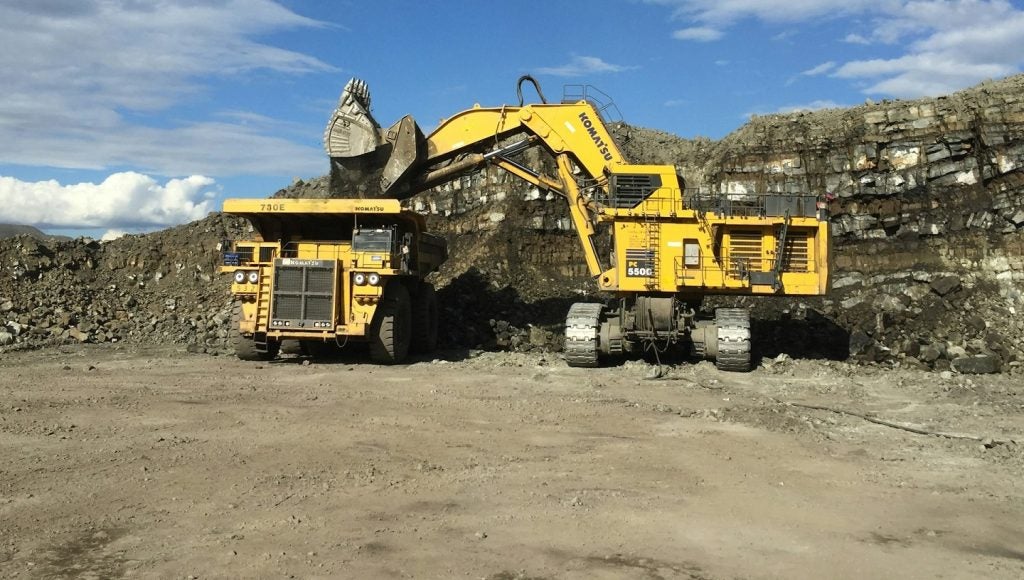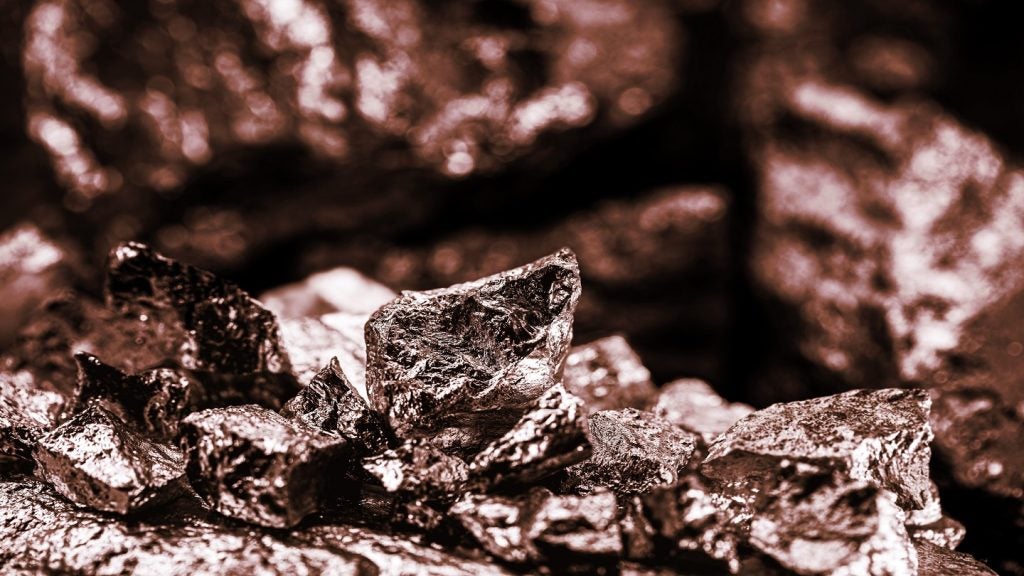
On one level, mining safety performance has improved in Western Australia in recent years. Figures from the state’s Department of Mines, Industry Regulation and Safety show that the number of serious injuries suffered per million hours worked has fallen from two between 2013 and 2014 to 1.6 between 2017 and 2018, with a particular improvement in underground operations in this period, with the number of injuries falling from 2.3 to one.
However, these figures are just that, figures, and often fail to convey the personal consequences of these accidents, on both the victims themselves, and the families and friends around them. These impacts are further intensified in the fly-in, fly-out sector, where employees are flown to remote locations to live and work on a site for weeks at a time, and are at risk of particular threats to their mental health.
With these risks in mind, an organisation of Western Australian miners has taken matters into their own hands, rebuilding and selling an abandoned digger to raise awareness of the threats facing the state’s workers, and money for those affected by workplace accidents. The group – Mining Legends – has raised A$800,000 for charitable causes, and exemplifies an industry coming together to work as a community.
A collaborative project
Announced in 2018, the Mining Legends project saw the rebuild of an R2900G digger, donated by mining firms Northern Star Resources, Rand Mining and Tribune Resources. While the machine had seen considerable service, and was heading for disuse with around 18,000 operating hours on its wheels, local mining part trader Worthy Parts identified an opportunity to repurpose the digger for a good cause.
“It was about putting a different spin on a donation which people really seemed to resonate with,” said Gary Brown, regional manager of Industry Link Media, who act as spokespeople for Worthy Parts. “The motivation was always about bringing our industry together in a way that was a bit different to the norm.
“Everyone is generally very giving with their time or their specialised services, however people don’t normally like to part ways with cold hard cash.”
How well do you really know your competitors?
Access the most comprehensive Company Profiles on the market, powered by GlobalData. Save hours of research. Gain competitive edge.

Thank you!
Your download email will arrive shortly
Not ready to buy yet? Download a free sample
We are confident about the unique quality of our Company Profiles. However, we want you to make the most beneficial decision for your business, so we offer a free sample that you can download by submitting the below form
By GlobalDataThis collaborative approach underpinned much of the project, with the actual repair work relying exclusively on volunteer mechanics and donated parts drawn from across the state’s and country’s mining sector. In all, 75 donors gave time, money and resources to the project, from other mining equipment sellers, such as Bost Group, which provided a new bucket worth A$61,500, to industrial paint companies, such as International Paints, which donated 140l of paint for the digger, worth around A$2,000.
The Miners Promise network
The repair effort saw the digger returned to working condition over four months, before being sold on to KCGM, the miner which currently owns the Super Pit gold mine, the largest of its kind in Australia.
Mining Legends estimates that the project raised around A$1m through the sale, with the money going towards Miners Promise, a charity set up in 2010 to help those impacted by injuries and fatalities in the mining sector. The group provides services covering both personal and financial matters, liaising with employers and lawyers, or helping to cover bills and funeral costs; in this way, the charity operates akin to a network, bringing those affected by accidents into contact with the relevant parties, so the collaborative approach established by Mining Legends is critical to the charity’s work.
“We consulted the Miners Promise and Goldfields Esperance Community Trust Board prior to releasing the idea to the public and they were understandably ecstatic with the concept,” said Brown. “They have offered their support to us the whole way through and also promoted the Mining Legends initiative to their network and connections.”
Overcoming challenges and looking ahead
Despite their accomplishments, Mining Legends’ work is not yet over; “the machine is now at work and we need to support any mechanical issues which arise,” said Brown, highlighting the organisation’s unique position at the centre of the network of donors and engineers who made the rebuild possible, and responsibility to connect these disparate parties over the machine’s lifespan.
Maintaining this network was another of the charity’s key challenges, as Brown explains: “we dealt with over 75 different donors from around Australia and committed to filming and promoting each one.
“In a short time frame, we had to approach many prospective businesses about the concept. Once a donor agreed to support the project, we then needed them to complete their part of the rebuild in-line with our standards and schedule. All the while, we had to try not to put too much pressure on the donors, because they were supporting such a worthy cause.”
Mining Legends’ emphasis on not pressuring donors, while delivering long-term solutions, is emblematic of the group’s work as a whole, targeting lasting change as opposed to short-term fixes. This approach is particularly significant in the Australian mining sector, where some of the health and safety challenges faced by its workers are long-term in nature, such as mental health concerns.
Addressing the long-term impacts of mine work
A 2014 report by Beyond Blue and PwC, commissioned by the national government, found that 15% of employees showed symptoms of anxiety over the course of a year. Furthermore, between the financial years of 2011 and 2012, employees made 50 claims for pay in response to mental health-related absences, each costing their employers an average of A$22,400 in compensation. Addressing these long-term issues directly through financial support, and indirectly through raising awareness of the human and emotional consequences of mining accidents, could be some of Mining Legends’ lasting impacts.
“I hope this project has raised awareness for certain groups like Miners Promise,” said Brown. “Mining is a tough game, and the service providers are quite a competitive bunch, but I feel this initiative has proven that we can all be on the same team for a common goal.”
Mining Legends could also last beyond this first project, with Born optimistic that the group could work on a second repair project in the future.
“Mining Legends was always setup with the view that we could do it again if it was a success,” he said. “I think it was definitely a success, however there’s still a few boxes that need to be ticked off before we decide on another type of machine.”





